Budget 2021–22: The Queen’s Gambit
- EP News Service
- Feb 01, 2021
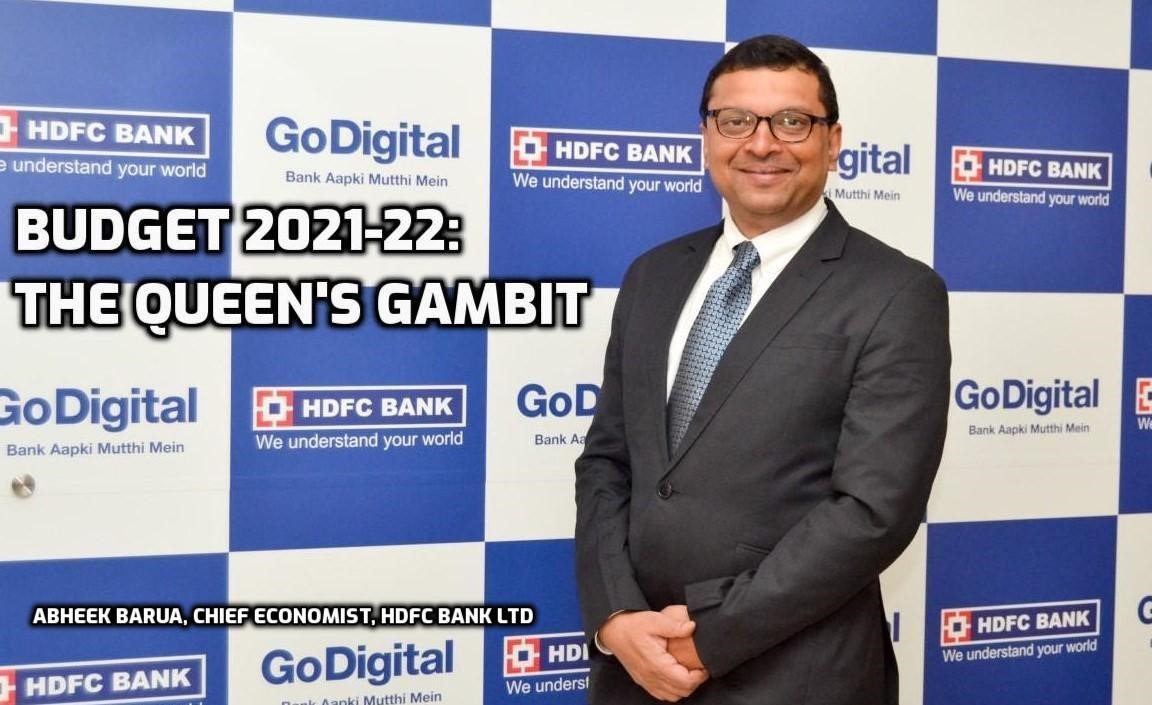
By Abheek Barua, Chief Economist, HDFC Bank Ltd
An assessment of today’s budget might want to start by
listing the myriad challenges that the finance minister faced. Mercifully, the
economy seems on the mend and the nominal GDP growth of 14.4 per cent assumed
in the budget for 2021-22 looks impressive. However, some the fizz in the
number comes from the extraordinarily low denominator of 2020-21 due to the 7.7
per cent contraction in real GDP.
With a 14.4 per cent nominal growth rate, nominal GDP will
return to its pre-pandemic level somewhere at the end of 2021. However, even
with reasonably strong growth after 2021-22, the gap between the GDP that the
pre-pandemic trend (PPT) would have produced and the current path is likely to
be large. The budget’s task was to squeeze the gap between the PPT and the
current path as much as possible by pushing the long-term growth trajectory up.
Second, as with most recoveries, the bigger firms and the
better-off households tend to benefit more leaving the small and poor behind.
Besides, the vulnerability of different sectors to the pandemic are markedly
different. This might result in what economists describe as a K-shaped recovery
with sharp inequality between different firms and households. The budget needed
to address this.
Spending big to buy growth has its limitations. Raising
taxes to fund expenditures would nullify the expansionary effect of the
spending. The only option is to keep the fiscal deficit high - that is borrow
to spend. Rising debt levels run the risk of a being a long term drag on the
economy. So, the FM had to take a gamble on letting borrowings balloon in the
near term in the hope that the economic growth it drives leads to sustainable
consolidation of debt (reduction in the debt-GDP ratio) in the future. This
gamble was not for the faint-hearted.
Two other challenges remained. First, strengthening sectors
like health care whose importance the pandemic has highlighted. Second,
handling the likely increase in bad loans that was suppressed through moratoria
and its impact on bank balance sheets.
How does the budget fare on these counts?
There should be little doubt that this is as bold budget as
it could be and in many more ways than one. To begin with, it does spend big!
The deficit target of 6.8 per cent for 2021-22 (way higher than analyst
forecasts) and indeed the amendment of the FRBM act so that the deficit finally
comes below 4.5 per cent only in 2025-26 is perhaps as bold as expansionary
fiscal policy can get.
Under this umbrella of fiscal expansion, the specific bet is
on the infrastructure sector. Capital expenditure is budgeted to rise by 34.5
per cent next year. There are some bold institutional innovations as well. A
well-capitalized Development Finance Institution (DFIs) has been set up to
garner and channel private (including external) funds to infra projects. A
National Monetization pipeline has been set up to sell a variety of existing
infra-assets to fund the creation of new assets.
The budget, predictably, relies on disinvestment and asset
monetization for resources. This has always been an area of concern since
actual receipts have typically fallen short of targets. Thankfully this budget
provides enough detail on what the government plans to do to make the Rs.1.75
lakh crore target credible. The government, for example, now has a policy of
selling all PSUs in non-strategic sectors and keeping the number of PSUS in
four strategic sectors to a bare minimum.
The FM seems confident that the four PSUs including Air
India and BPCL that were scheduled for strategic sale this year will finally be
off the block next year. Then there is the IPO for LIC and a Special Purpose
Vehicle to sell surplus land that finds place in the budget speech.
A key announcement for the banking sector that addresses the
issue of bad loans is the creation of an Asset Reconstruction and Management
Company that will function as a “bad bank”. This would give banks the much
needed room to focus on core activities instead of fretting over their impaired
loans and also speed up the process of liquidation.
The budget also ticks the right box on healthcare by
launching the PM Atmanirbhar Swasth Bharat Yojana that will supplement the
National Health Mission. Besides, going by our estimates the allocation of Rs
35000 crores for the COVID vaccination drive seems adequate.
However, a couple of niggles remain. One can argue that that
there is a marked absence of targeted support both for distressed households or
sectors that lag behind in the recovery.
Secondly, the unexpectedly large fiscal deficit numbers both for the
current and the next year entail huge borrowings, much beyond market
expectations.
Government bond yields have hardened quite a bit in the wake
of the recovery. The Finance ministry and the RBI will have to work closely
together to check the rise in yields and ensure that the budget doesn’t
ultimately result in a rise in borrowing costs across the board.




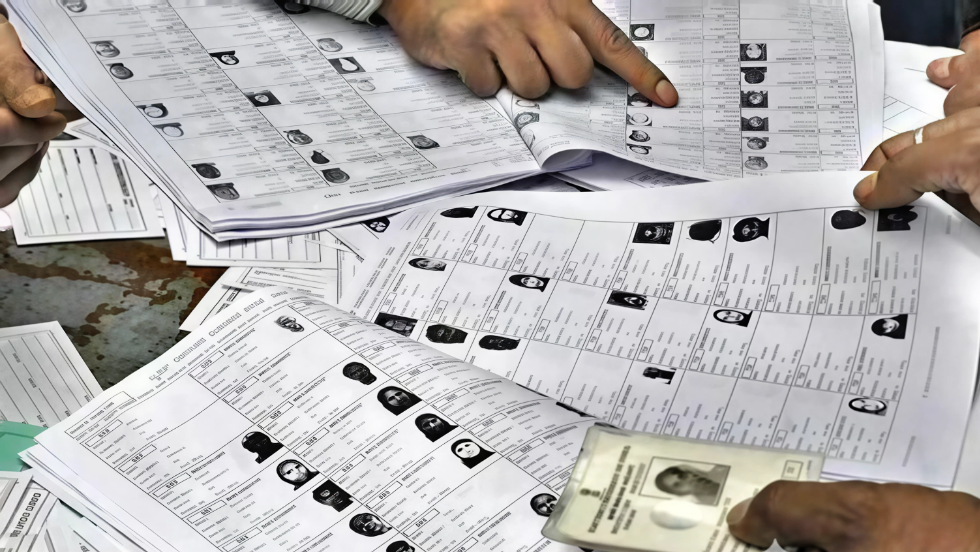

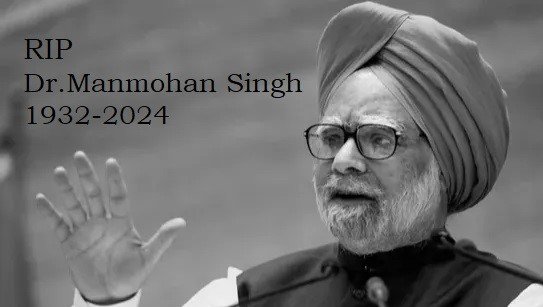
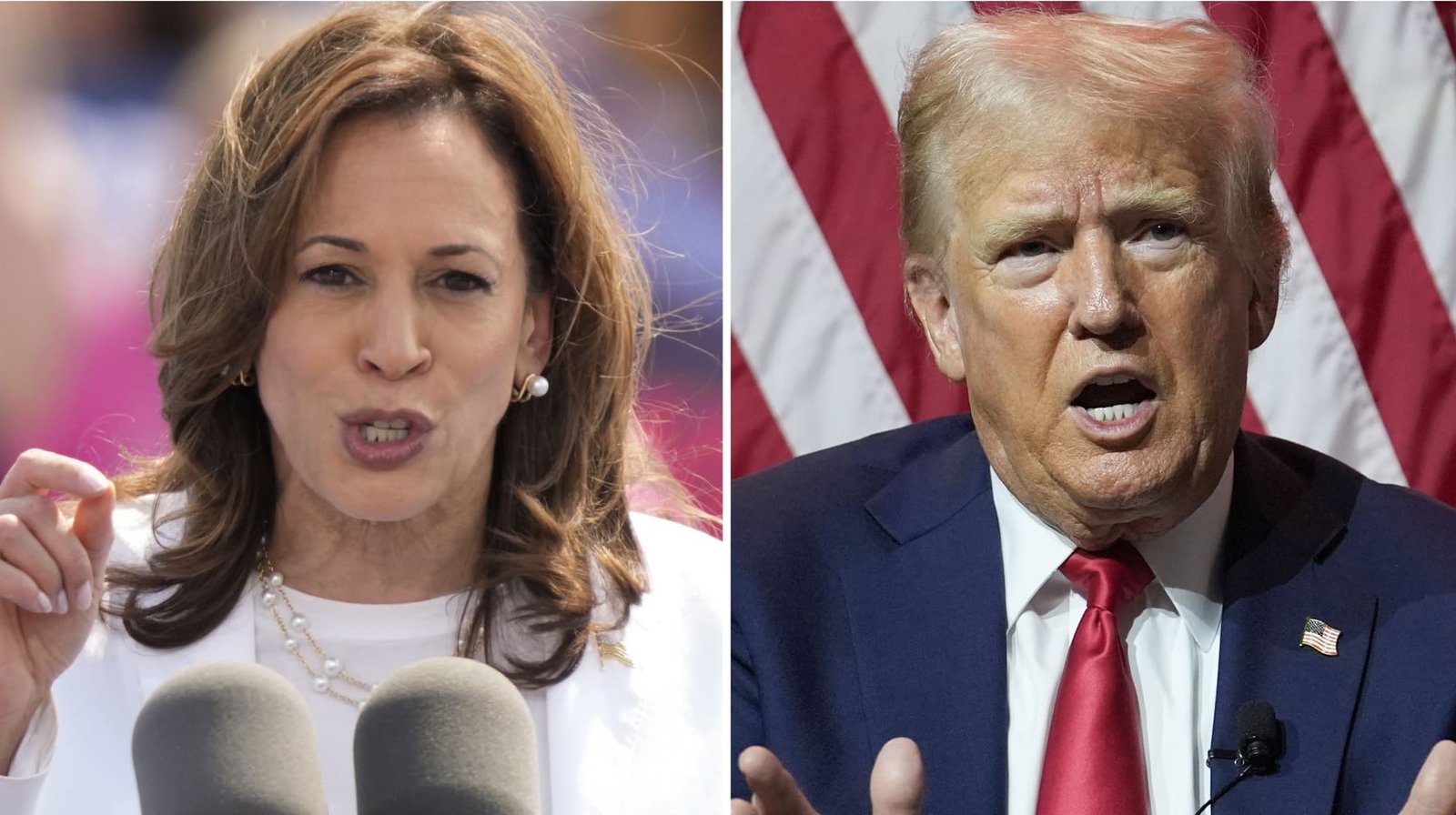
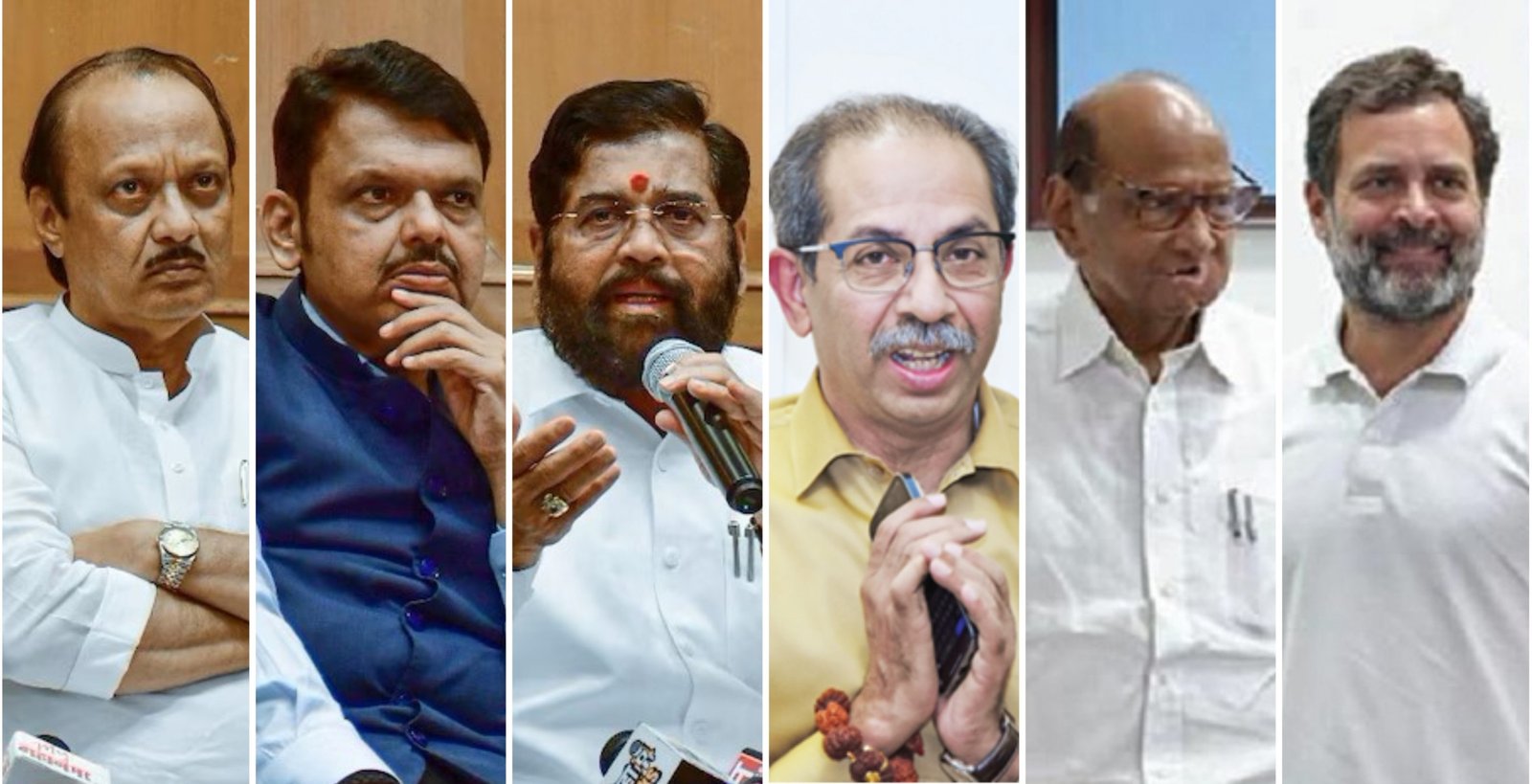

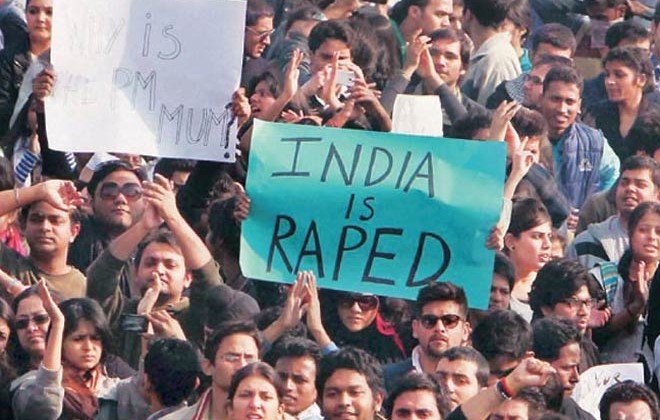
Reporter
Crisp, and to the point news coverage from India and around the world.
View Reporter News